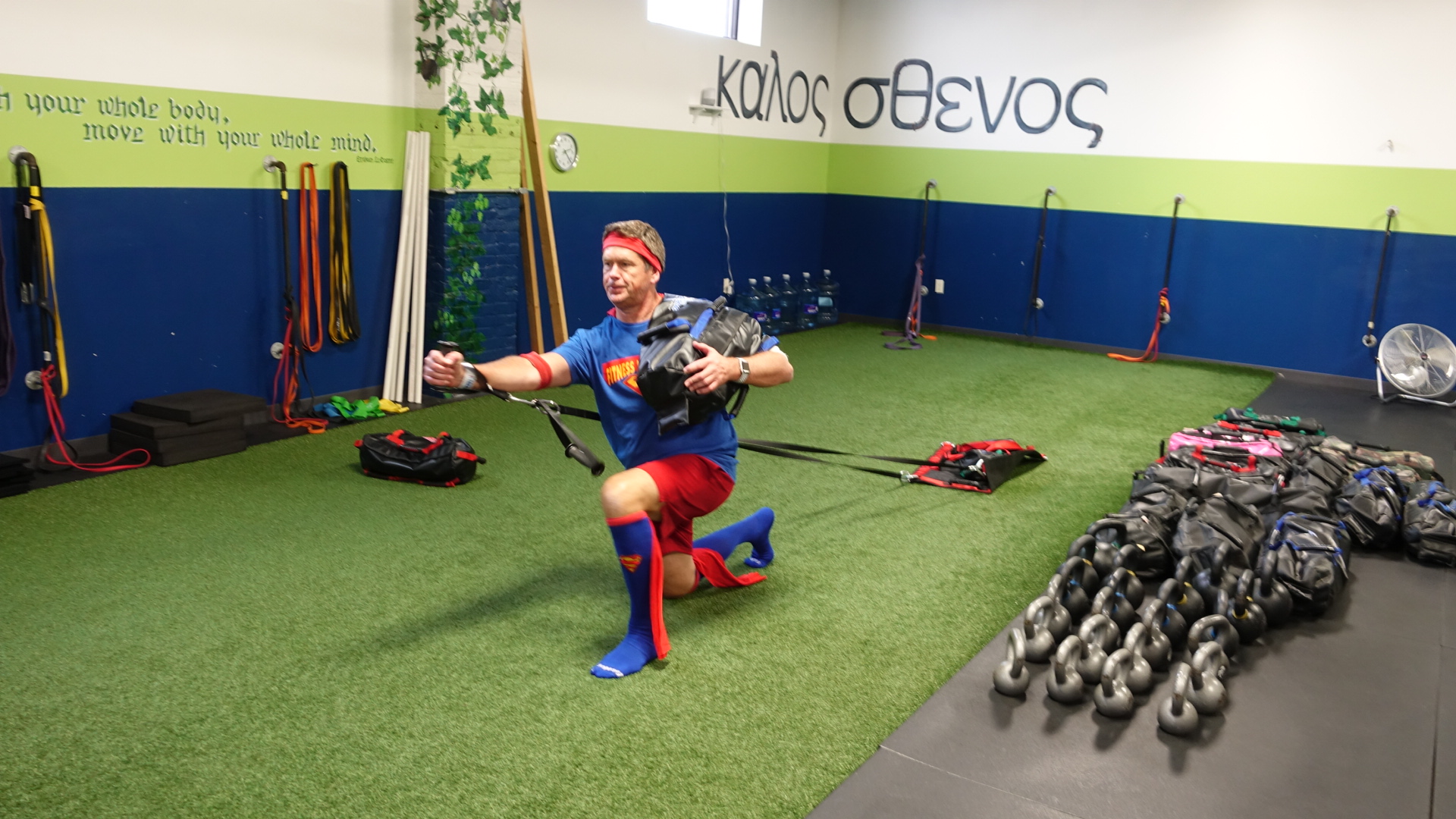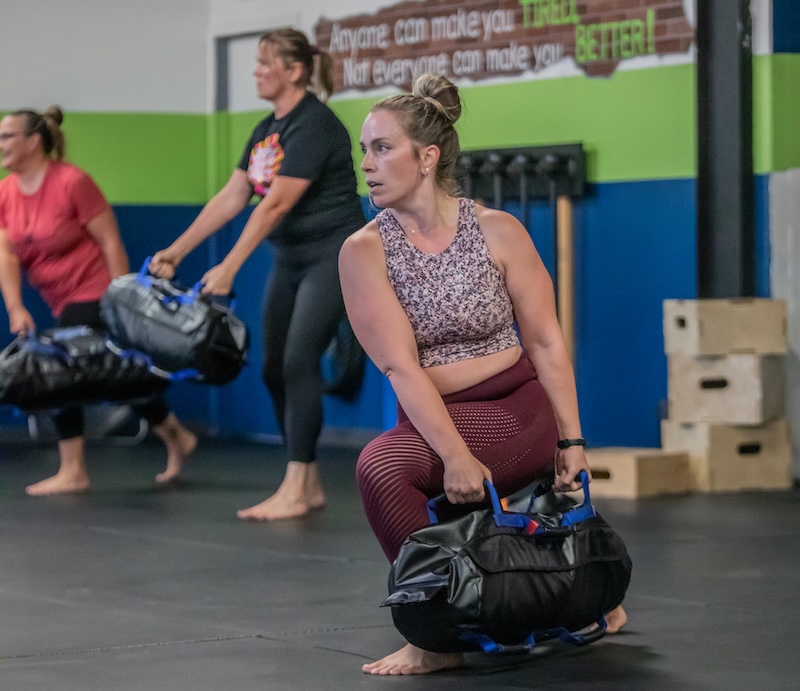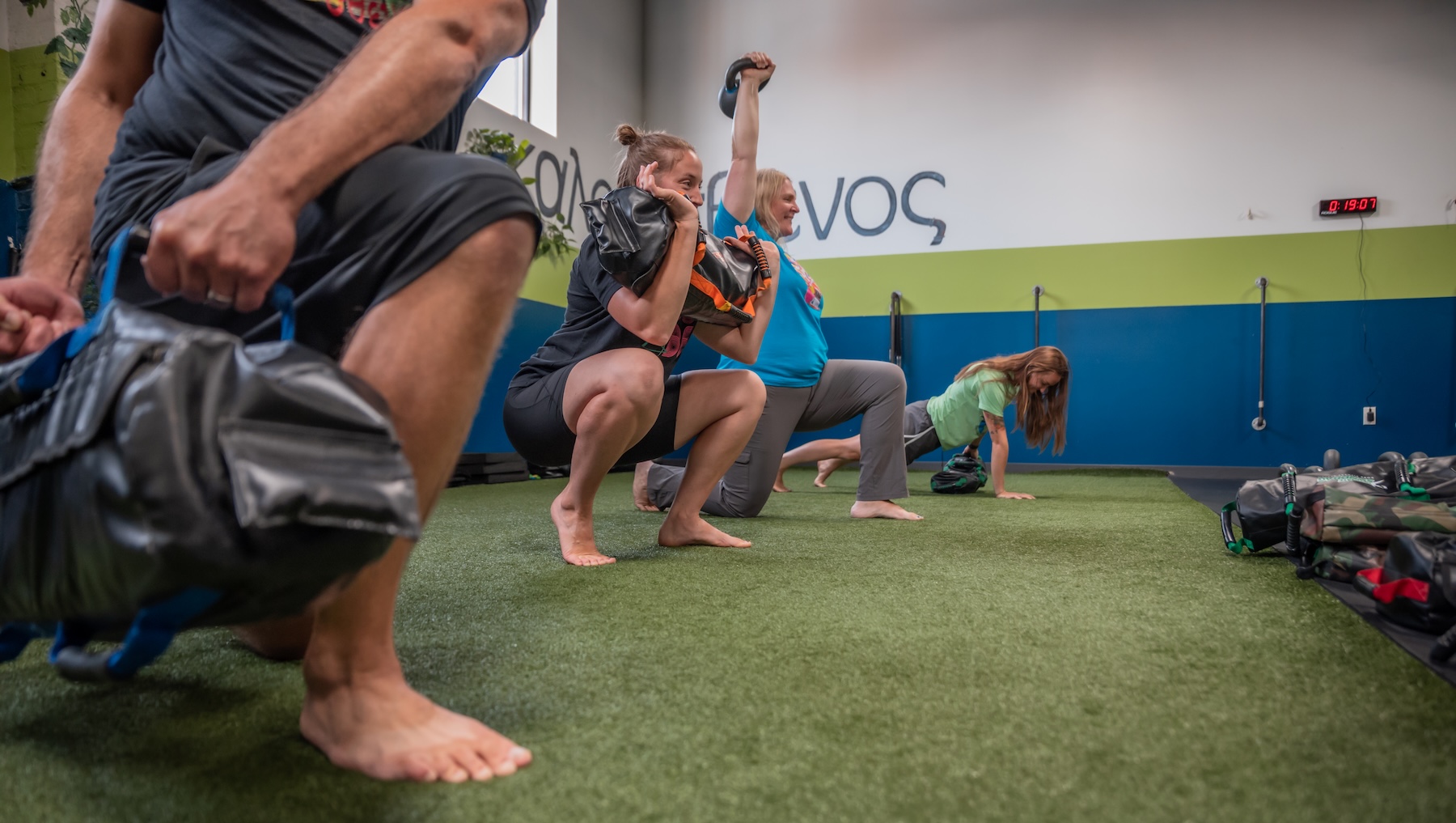Barbells Are Outdated
Why It’s Time to Move Beyond the Barbell

Let’s Rethink Strength
Let’s get this out of the way: the barbell isn’t evil. It’s just misunderstood.
For decades, the barbell has been crowned king of strength training. You walk into a gym, see a barbell, and instantly think that’s where the real lifting happens.
But here’s the thing — the barbell is a specialized tool for a specialized sport. Unless you’re training for a powerlifting or Olympic lifting meet, it might not be serving your goals as well as you think.
The Myth of the Barbell
Somewhere along the line, fitness culture decided that strength equals how much iron you can load onto a seven-foot bar. That’s great if you’re competing. But for everyone else — which is most people — barbells are more limiting than liberating.
Think about it: a barbell is long, rigid, and moves almost exclusively in one plane of motion. Real life doesn’t happen in a straight line. We twist, reach, rotate, balance, and move in ways that a barbell simply doesn’t allow.
And as a gym owner, I can tell you — barbells aren’t cheap. They take up space and offer a poor return on investment when compared to the versatility of functional fitness tools.
Strength Beyond Numbers
Somewhere along the evolution of the iron game, we traded movement for metrics. Barbells used to be shorter, designed for lifting manageable loads. Then the obsession with “how much” took over, and we stretched them to seven feet so we could pile on more plates.
Here’s the question: how much weight do you really need to lift?
In daily life, you’re not deadlifting 300 pounds of groceries or pressing a bar overhead to put dishes away. It’s not the weight that matters — it’s the load and how your body moves through it.
True functional strength happens when you train through all three planes of motion — not just up and down. It’s about mobility, balance, and stability working together. That’s what we mean by movement strength versus exercise strength.
The Functional Advantage
At Fitness Lying Down in La Crosse, Wisconsin, we use tools like the Ultimate Sandbag, kettlebells, and resistance bands to help our clients train the way their bodies were designed to move.
These tools naturally activate your core without having to think about “engaging your core.” They provide instant feedback that teaches your body to move smarter.
And while a barbell only gives you one or two grip options, an Ultimate Sandbag has 11 different holding positions. The shifting sand or water load feels “alive,” challenging your stabilizers and coordination every rep.
Biomechanically, you have to adjust your body to fit a barbell — but functional tools adjust to you.

Barbell vs. Functional Training Tools
| Barbell Training | Functional Tools (Ultimate Sandbag, Kettlebells, Bands) |
|---|---|
| Primarily one plane of motion | Trains all three planes of motion |
| Focused on numbers and max weight | Focused on movement quality and total-body strength |
| Can be intimidating to beginners | Approachable and confidence-building |
| Requires large space and setup | Compact and versatile |
| Limited variety of exercises | Expansive library of movement patterns |
| Great for sport-specific lifting | Great for real-world, everyday movement |
Modern Strength, Modern Tools
For many of our clients — especially women in their 40s and 50s — the barbell has been an unnecessary barrier. It’s heavy, awkward, and intimidating.
Functional fitness tools, on the other hand, are accessible, space-efficient, and effective. They don’t just build stronger muscles — they build stronger movement.
Movement strength improves posture, stability, flexibility, and confidence both inside and outside the gym. It’s strength that moves with you.
Ready to Rethink Strength?
You don’t need a barbell to get strong — you need the right tools and a smarter plan.
Experience how modern training feels with our 3-week introduction to personal or group training at Fitness Lying Down in La Crosse, Wisconsin — and discover strength that moves with you.


